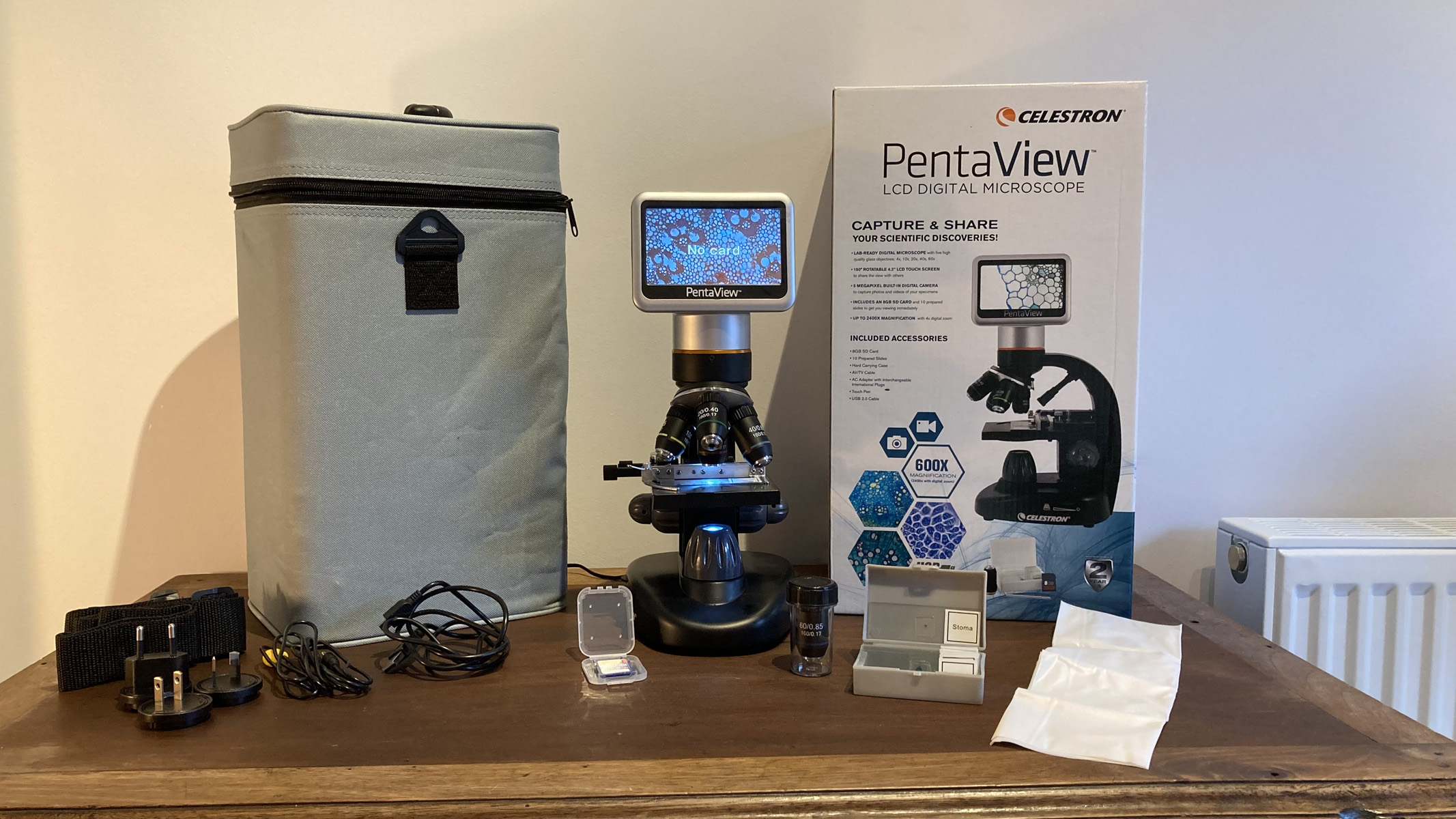Coatings, Vol. 14, Pages 1427: The Effect of In Situ Laser-Assisted Plasma Spraying on the Plasma Etching Resistance of Yttrium Oxide Coating
Coatings doi: 10.3390/coatings14111427
Authors: Xutao Zhao Tian Xie Panpan Zhang Zhehe Yao Qunli Zhang Jiake Deng Yongfeng Sui Jianhua Yao
In recent years, yttrium oxide coatings prepared by atmospheric plasma spraying (APS) have been employed extensively in semiconductor processing equipment. Meanwhile, defects in yttrium oxide coating, such as unmelted particles and pores, reduce the etching resistance of the coating. In this work, two yttrium oxide coatings were prepared by in situ laser-assisted plasma spraying (LAPS) coupled with a 500 W and 600 W laser for comparison with a coating prepared by APS, and the effects of the laser on the coating properties were investigated. The results show that the surface roughness was reduced by 25.7% (500 W) and 25.3% (600 W) and the porosity was reduced by 52.3% (500 W) and 36.9% (600 W) after laser coupling. After being etched by CF4/CHF3 for a long time, it was observed from SEM, EDS and XPS analyses that the intensity ratios of the Y-F bonds in the coating were 1 (APS):1.3 (LAPS+500W):1.1 (LAPS+600W), which indicated that the LAPS+500W coating had a thicker fluorination layer. It was also observed that the fluorination layer at the defect was first eroded; then, the erosion area gradually spread to the surrounding area, and finally, the fluorination layer was etched. This indicated that the defects had a significant impact on the etching resistance. Consequently, the LAPS+500W coating with fewer defects and a thicker fluorination layer showed the lowest etching rate. Therefore, in situ laser-assisted plasma spraying coupled with an appropriate laser power is an effective method to improve the performance of yttrium oxide coatings.

 1 month ago
14
1 month ago
14


